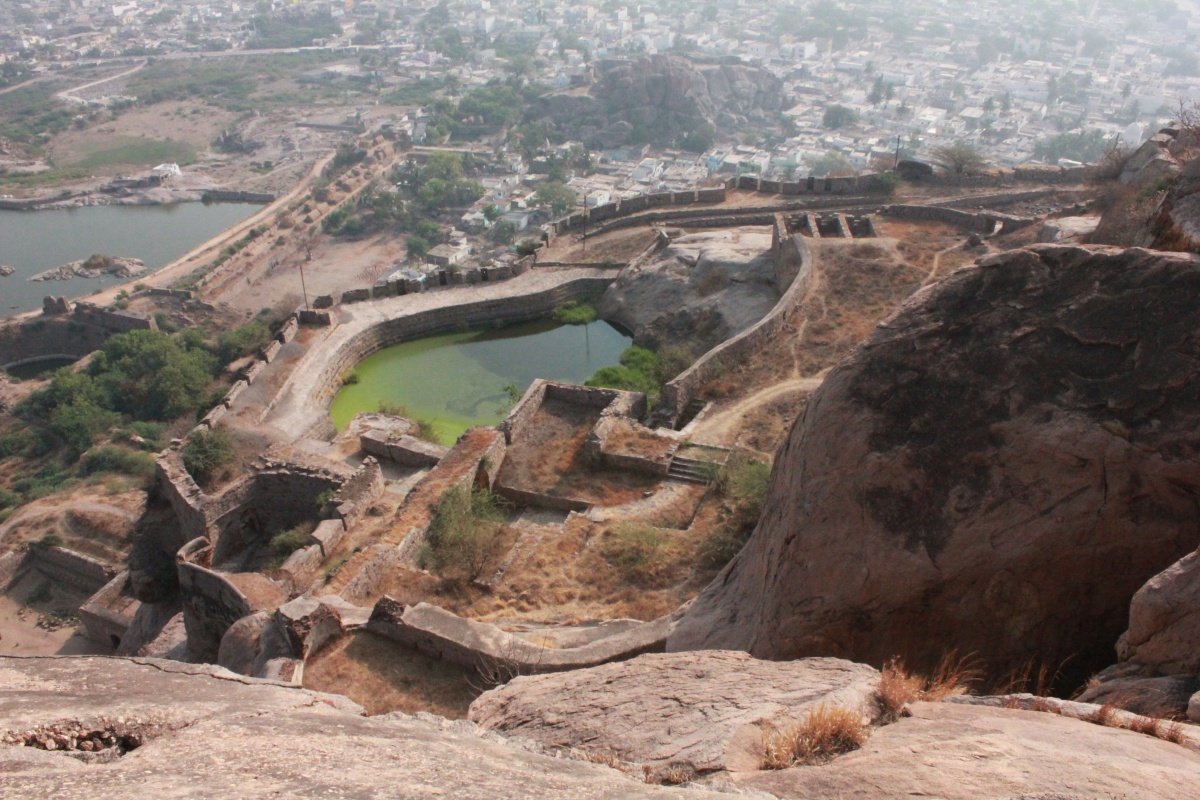Sprawling over an area of 7,190 sq km, Koppal is an administrative district located in the state of Karnataka. Formerly known as Kopana Nagara, Koppal is situated at an altitude 529 m, the destination is known for its temples.
The history of the region dates back to the time when kingdoms of Shathavahanas, Gangas, Hoysalas and Chalukya dynasties ruled the country. During the reign of King Nrupathunga, the place derived its name from the poetic work of Kavirajamarga, where it was mentioned as Vidita Maha Kopana Nagara.
During the rule of Ashoka, Jainism spread in the region at a high pace, owing to which it was named as Jainkashi. Before independence of India, Koppal was under the control of Nizam of Hyderabad. Though India got independence on 15th August 1947, but still Koppal had to struggle for its independence from the Nizam of Hyderabad. However, on 18th September 1948, both Hyderabad and Karnataka gained their independence from Nizam.
On 1st April 1998, this district was carved out of Raichur District of Gulbarga Revenue Division, which consists of four taluks namely, Koppal, Gangavathi, Kushtagi and Yelburga. One of the most prominent temples of the destination is Mahadeva Temple, which is dedicated to Lord Shiva. Built by Western Chalukya, this temple is located at Itagi. Another famous temple of the destination is Kashivishveshwara Temple. This temple dates back to the time when the Chalukya Empire ruled Koppal.
There are several other temples located within the destination, which are also famous such as Amriteshwara Temple, Siddhesvara Temple and Dodda Basappa Temple. The most prominent fact about all these temples is that these are carved out from pure sandstone.
Flights, trains and buses, all are available for travellers planning to explore this historic destination. The nearest domestic airport located to the destination is Hubli Airport, which is at a distance of 124 km from Koppal. For tourists travelling from different parts of the country can board flights to Bengaluru International Airport, which is located at a distance of 390 km from the destination.
Trains are also available for travellers, which are served by Koppal Railway Station, located at a distance of 2.4 km from the destination. In addition to flights and trains, tourists can also board buses from places like Hyderabad and Hubli to Koppal, which terminate at Koppal Bus Station.
The best time to explore the destination is from the month of October to the month of March.














